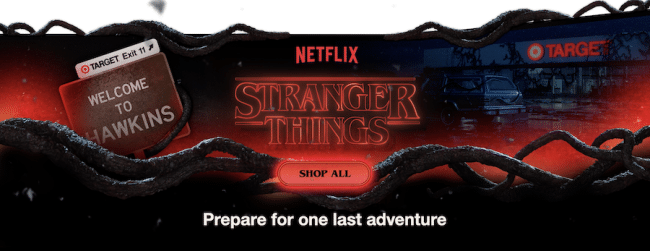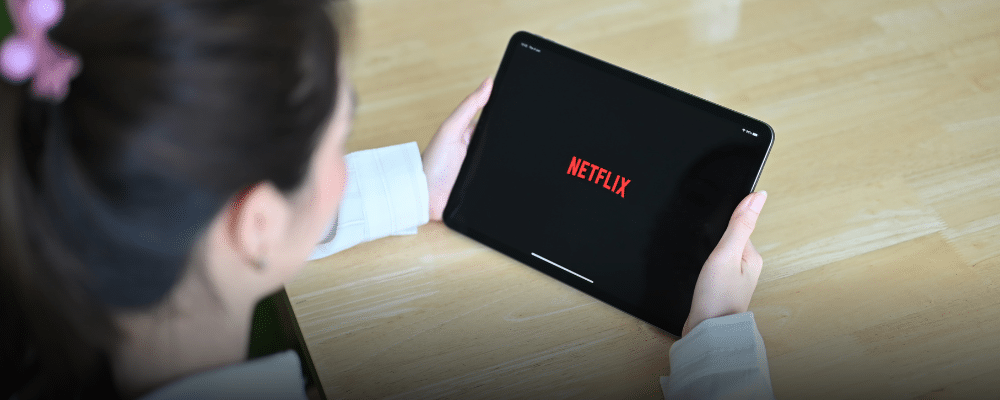If it feels like the wait between streaming show seasons keeps getting longer, you’re not imagining it. Fans of Netflix’s Stranger Things have been on hold since Season 4 premiered in summer 2022, with the fifth and final season not scheduled to begin its three-part rollout until late 2025. That’s over three years of waiting…a timeline that’s starting to become the norm across the streaming industry. Let’s take a deep dive into Stranger Things marketing this year.
Are Multi-Year Gaps A Problem?
Delays caused by pandemic fallout, SAG-AFTRA strikes, and ambitious production timelines have created a new reality for viewers: patience is now a requirement. In addition to Stranger Things, shows like Severance, Euphoria, and Wednesday are also experiencing 2-4 year gaps between seasons. While audiences might be willing to wait, that wait often kills excitement and therefore risks losing cultural relevance. Marketing teams are telling streaming platforms that they need to do more than drop a trailer six weeks before release. In order to stay relevant after such long gaps, marketing has to pull its weight.
Instead of one big moment, the campaign is structured around three timed releases: Thanksgiving, Christmas, and New Year’s Eve. Each part creates another spark, another reason to talk about the show. It’s a smart counter to binge-watch culture, inviting sustained engagement across the holiday (shopping) season. Props to the marketing team here!
Netflix’s Answer: Make it a Cultural Event!
For Stranger Things 5, Netflix has positioned the release as more than a new season…it’s undoubtedly an “event.” Target is launching over 150 themed products tied to the show, more than half of which are exclusive to their stores. These range from nostalgic apparel to a Demogorgon-shaped popcorn bucket, all set within a throwback Target store environment inspired by 1987. The in-store experience and national campaign were developed in collaboration with Netflix and the show’s creative team, even featuring cast members. This is Stranger Things marketing at a national, immersive scale.

The campaign leans heavily into its ’80s aesthetic, tapping into a tried-and-true tactic: nostalgic escapism. This works especially well for Stranger Things, a show that thrives on synth-heavy flashbacks and mall culture references. From limited-run Doritos tie-ins to walkie-talkie phone cases, everything is built to feel both collectible and connected to the show’s world. These activations do not exist in a vacuum, rather they are giving fans tangible ways to stay plugged in during the long lead-up. The merch is smart, but it’s the layered Stranger Things marketing strategy that keeps the buzz alive.
Why This Works for Long-Wait Shows
The traditional trailer release cycle isn’t enough anymore. Netflix and brands like Target, are stretching the lifecycle of anticipation itself. The key is treating the wait time not as dead space, but as a marketing opportunity. That means:
- Extended, multi-phase campaigns that create multiple peaks of interest
- Co-branded product drops that live offline and build everyday awareness
- Event-style pacing that mirrors theatrical releases
- Immersive, nostalgia-driven design that resonates beyond core fans
This approach turns a potential liability (viewer frustration) into a marketing asset. It’s one of the most forward-thinking Stranger Things marketing rollouts we’ve seen to date.
Create Your Next Marketing Opportunity with MARION
Want to design a campaign that builds anticipation like Stranger Things’ marketing? MARION helps brands create traditional and digital marketing strategies. We offer services including SEO, content marketing, paid advertising, branding, and web design. With offices in Houston, Austin, and Dallas, our team helps businesses all across Texas!
